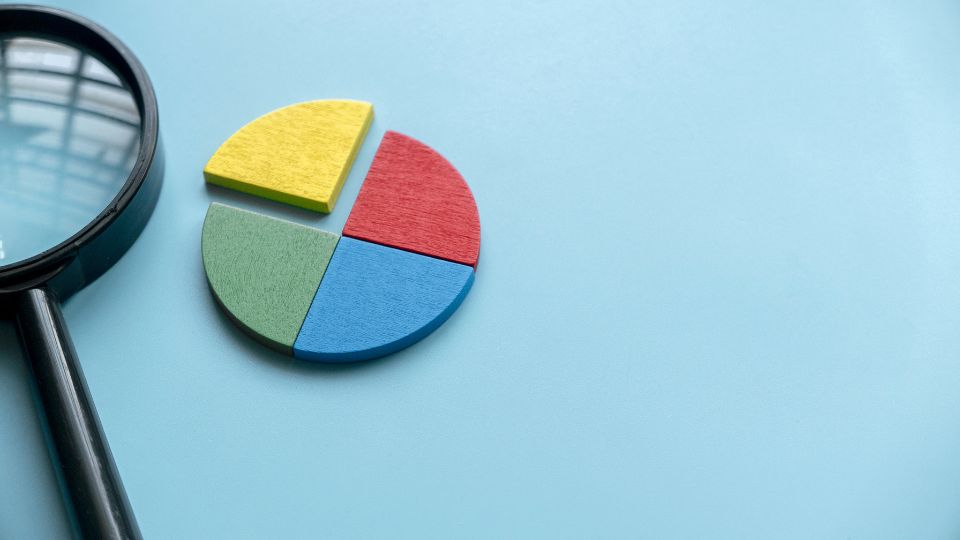
Unmasking and Combating Publishing Malpractices 2: Citation Manipulation
— by Fanny Liu
In the previous post (Unmasking and Combating Publishing Malpractices 1: Paper Mills), we discussed publishing malpractices focusing on the issue of paper mills.
While traditional fraud and misconduct continue to exist, “post-production” manipulations, i.e., manipulations regarding the publication process and the impact, rather than the content of the publication, come into view (Biagioli & Lippman, 2020). Citation manipulation behaviour includes (COPE, 2019):
- Excessive self-citation by authors solely to increase the number of citations of the author’s work;
- Excessive citation of articles from the journal in which the author is publishing a research article solely to increase the number of citations of the journal; or
- Excessive citation of the work of another author or journal solely to increase the number of citations of the author(s)/journal(s) in question, sometimes called ‘honorary’ citations or ‘citation stacking’.
Coercive self-citation
The rise of journal impact factor as a convenient (or even overpowering) tool for research assessment has influenced the publication landscape. For example, to boost the number of citations to articles in the journal, in some cases, editors ask prospective authors (especially ones with lower academic ranks) to cite other articles from the journal they have submitted their manuscripts. This is called coercive self-citation, i.e., requests which (Wilhite & Fong, 2012):
- Give no indication that the manuscript was lacking in attribution;
- Make no suggestion as to specific articles, authors, or a body of work requiring review;
- Guide authors to add citations from the editor’s journal only.
The survey conducted by Wilhite and Fong (2012) discovers that among respondents in eight disciplines in social science and business, 19.67% have had the experience of being coerced in past five years (Figure 1); And 86.89% think coercion is inappropriate or extremely inappropriate (Figure 2).
Figure 1: Responses to the question “Within the last five years have you received a request from an editor to add more citations from the editor’s journal for reasons that were not based on content?”, created with data from study by Wilhite and Fong (2012)
Figure 2: Responses to the question “How appropriate or how inappropriate do you view this practice (requesting citations to the editor’s home journal for reasons not based on content)?”, created with data from study by Wilhite and Fong (2012).
To prevent the situation from deteriorating, different players in the academic publishing industry have acted in response. COPE (Committee on Publication Ethics Journals) (2019) recommends that journals should provide education for editors about appropriate times and ways to request citations to the journal’s publications, as well as clear policies to address inappropriate requests or occurrences of citation manipulation with the parties involved. Journal Citation Reports removed journal titles from their indexes, where evidence clearly supported intentional self-citation for boosting scores (Clarivate, 2022). The consequence would eliminate the motive for coercive self-citation.
Citation cartel
Citation cartels (citation rings) are several authors or journals coordinating efforts to collectively self-cite (Biagioli & Lippman, 2020). Authors set up citation rings to maximize their personal citation counts while editors do so in order to maximize their journals’ impact factors.
In 2013, it was discovered that editors of several Brazilian journals published articles containing hundreds of references to papers in each other’s journals in order to elevate the journals’ impact factors from 2009 (Van Noorden & Tollefson, 2013).
An analysis showed that in 2021 to 2023, institutions with little mathematical tradition, many based in China, Saudi Arabia, and Egypt, emerged to produce the greatest number of highly cited math papers (Catanzaro, 2024). However, patterns suggested that citation cartels were operating:
- The citations to the top papers often came from other authors at the same institution.
- The papers citing the highly cited papers were regularly published in predatory journals which more easily accept rogue citation practices.
In response to citation cartels, Clarivate has excluded the entire field of math from its influential list of authors of highly cited papers released in November 2023 (Catanzaro, 2024). Also, citation stacking (excessive citation behaviour among journals) has been listed this as a type of “journal-level citation distortion” and would lead to suppression of Journal Impact Factors by Clarivate (2024). Removal form rankings could discourage authors, journals, or other entities from stacking citations unethically.

Conclusion
Co-operation among various players in academic publishing is crucial to expose and discourage publication malpractices.
COPE (2019) proposes that editors who practice citation manipulation have violated norms of best practice in publishing and may be removed from their positions to remedy citation manipulation. Some citation indexes have also responded by rejecting inclusion of journals which demonstrate citation manipulation in their indexes, or removed already indexed titles.
Academic watchdog organizations have emerged, successfully mobilizing hundreds of scientists to read texts, evaluate images, run through statistical analyses of a publication’s data, and share their findings and views to the public (Biagioli & Lippman, 2020).
Previously, we discussed the movement of presenting research impact beyond metrics, which would contribute to re-focusing the attention on assessing research on its own merit, instead of the metrics such as journals’ impact factors. This could hopefully reduce the incentive of unethical behaviour trying to game the metrics.
References
Biagioli, M., & Lippman, A. (2020). Gaming the metrics: misconduct and manipulation in academic research. The MIT Press.
Catanzaro, M. (2024). Citation manipulation found to be rife in math. Science, 383(6682), 470-470.
Clarivate. (2022). Journal Citation Reports: Explanation of Missing, Dropped, or Suppressed Journals. Retrieved 5 July 2024 from https://support.clarivate.com/ScientificandAcademicResearch/s/article/Journal-Citation-Reports-Explanation-of-Missing-Dropped-or-Suppressed-Journals
Clarivate. (2024). Journal Citation Reports Reference Guide. Retrieved 8 July 2024 from https://clarivate.com/download/jcr-2024-reference-guide/
COPE. (2019). Citation manipulation. https://doi.org/10.24318/cope.2019.3.1
Van Noorden, R., & Tollefson, J. (2013). Brazilian citation scheme outed. Nature, 500(7464), 510-511. https://doi.org/10.1038/500510a
Wilhite, A. W., & Fong, E. A. (2012). Coercive Citation in Academic Publishing. Science, 335(6068), 542-543. https://doi.org/10.1126/science.1212540


